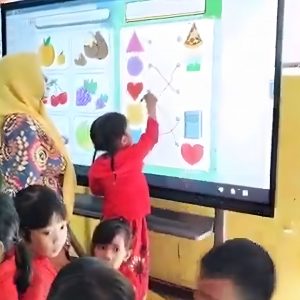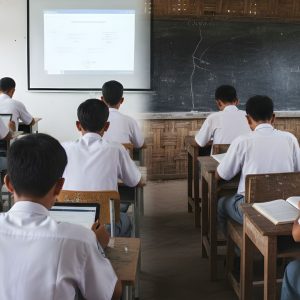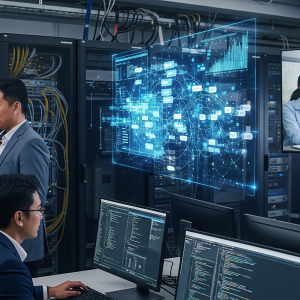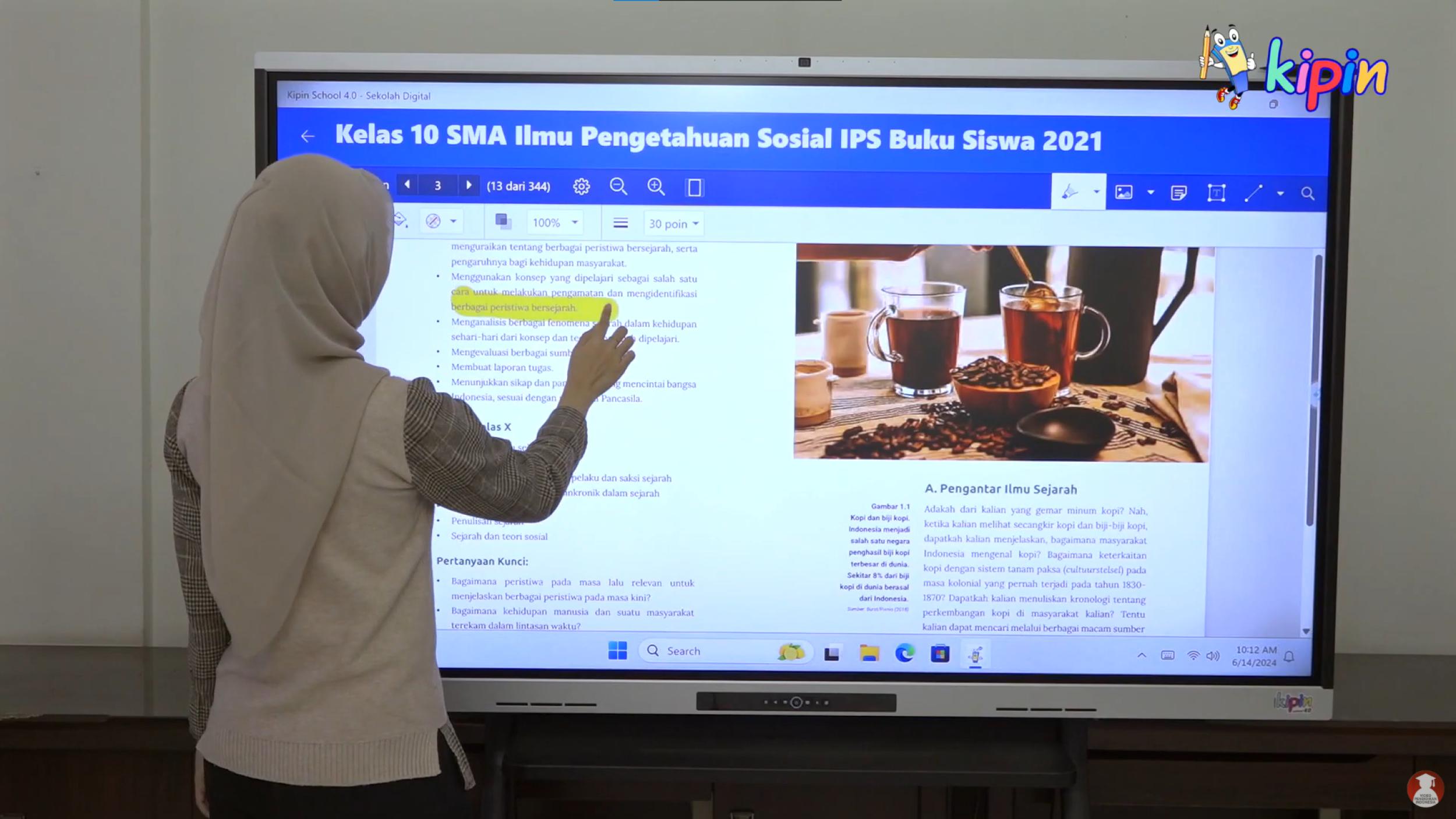
The Indonesian government is making a bold move in education digitalization by distributing Interactive Flat Panels (IFPs) or smart TVs to tens of thousands of schools. The target is 300,000 units – one for every school across the nation – with plans to increase this number to two or even three units per school in the future.
Yet behind this massive initiative lies a fundamental problem:
An IFP without content is like an empty warehouse.
No matter how advanced the device, without educational content and supporting applications, it is difficult to deliver real benefits for teaching and learning.
Why an IFP Without Content Is Almost Useless
- Limited Functionality
Without learning materials, an IFP is merely a flat screen. It cannot effectively fulfill its role in teaching, collaboration, or data visualization. - Minimal Interactivity
The core strength of an IFP is interactivity, but without interactive content, it only serves to display videos or static presentations. For simply watching videos, a projector or regular television is far cheaper. - No Educational Value
Modern education requires participatory learning. Without content, students cannot engage, practice, or take learning materials home via applications. - Nothing More Than a Digital Whiteboard
Instead of becoming a true digital learning hub, an IFP without content is no better than an oversized whiteboard. Such a massive national investment would bring no added value.
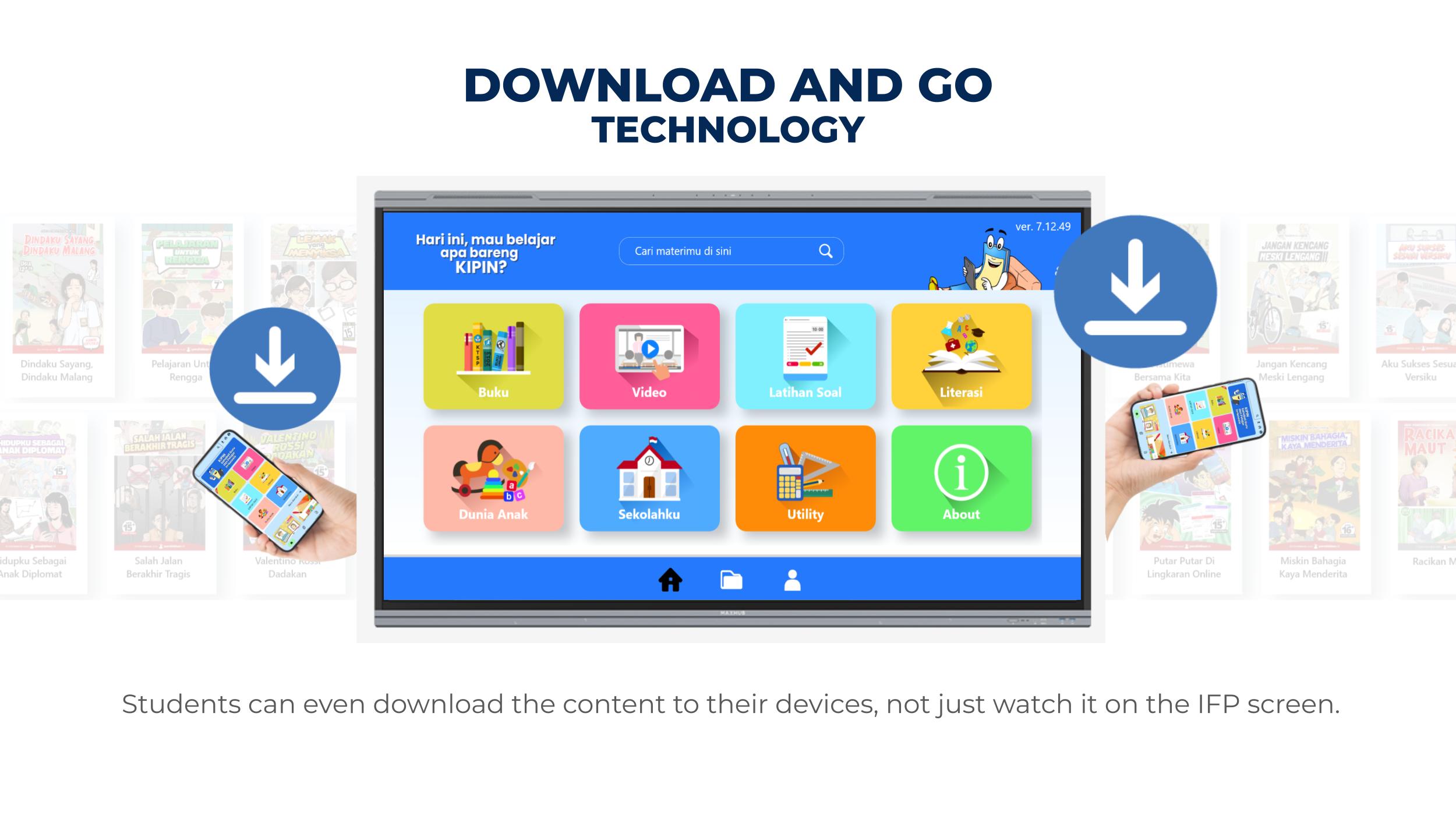
Kipin Edutech: The All-in-One Solution to Maximize IFPs
For the IFP investment to deliver true impact, schools need a complete digital ecosystem. This is where Kipin Edutech comes in:
A. Comprehensive Ready-to-Use Content
Over 60,000 K–12 materials: official textbooks, educational videos, practice questions, and digital assessments – all in one platform. Content supports interactive use for writing, drawing, coloring, and all classroom learning activities.
B. Works Without Internet
The Kipin Server ensures IFPs remain usable even in schools with no internet access – making it the perfect solution for remote and rural regions.
C. Integrated Teacher & Student Applications
With the Kipin app, content can be accessed in class via IFP and also taken home by students through smartphones or laptops – something impossible with an empty IFP.
D. Enhancing Teacher Competence
Kipin not only provides content but also empowers teachers with tools to teach in a modern, creative, and efficient way.
E. All-in-One Platform
With Kipin, schools don’t need to purchase additional content or separate apps. Everything comes in one complete package.
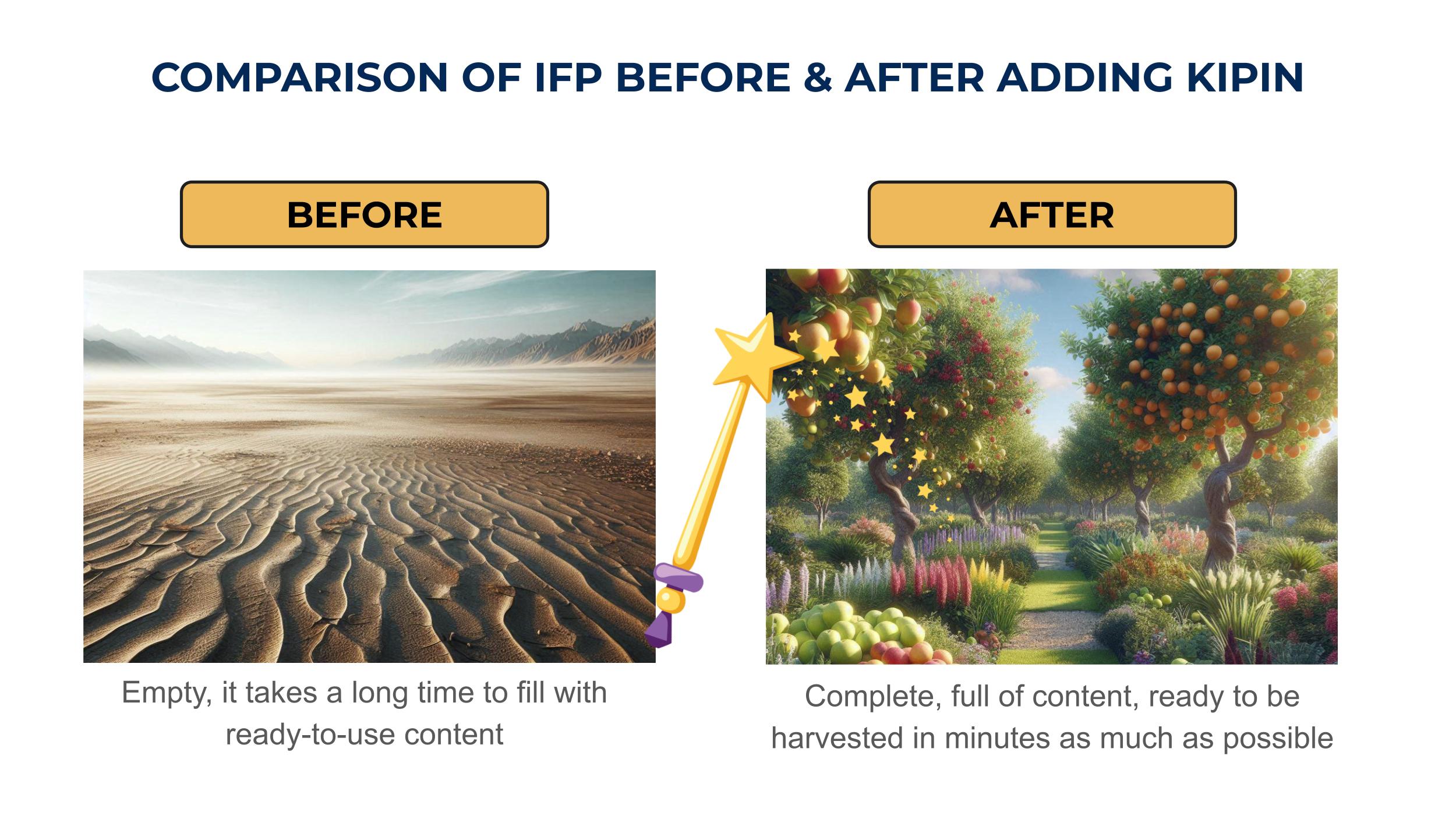
Conclusion
The government’s large-scale IFP investment is a visionary step. But without content and supporting applications, IFPs will remain nothing more than expensive screens with no real function.
With Kipin Edutech, IFPs transform into complete digital learning centers – where teachers can teach, students can interactively learn, and schools can truly benefit from technology.
With Kipin, IFPs become an effective and sustainable solution for modern education.
Contact Us:
Web : kipin.id
Email : info@kipin.id
WA Chat : wa.me/6281233601047


